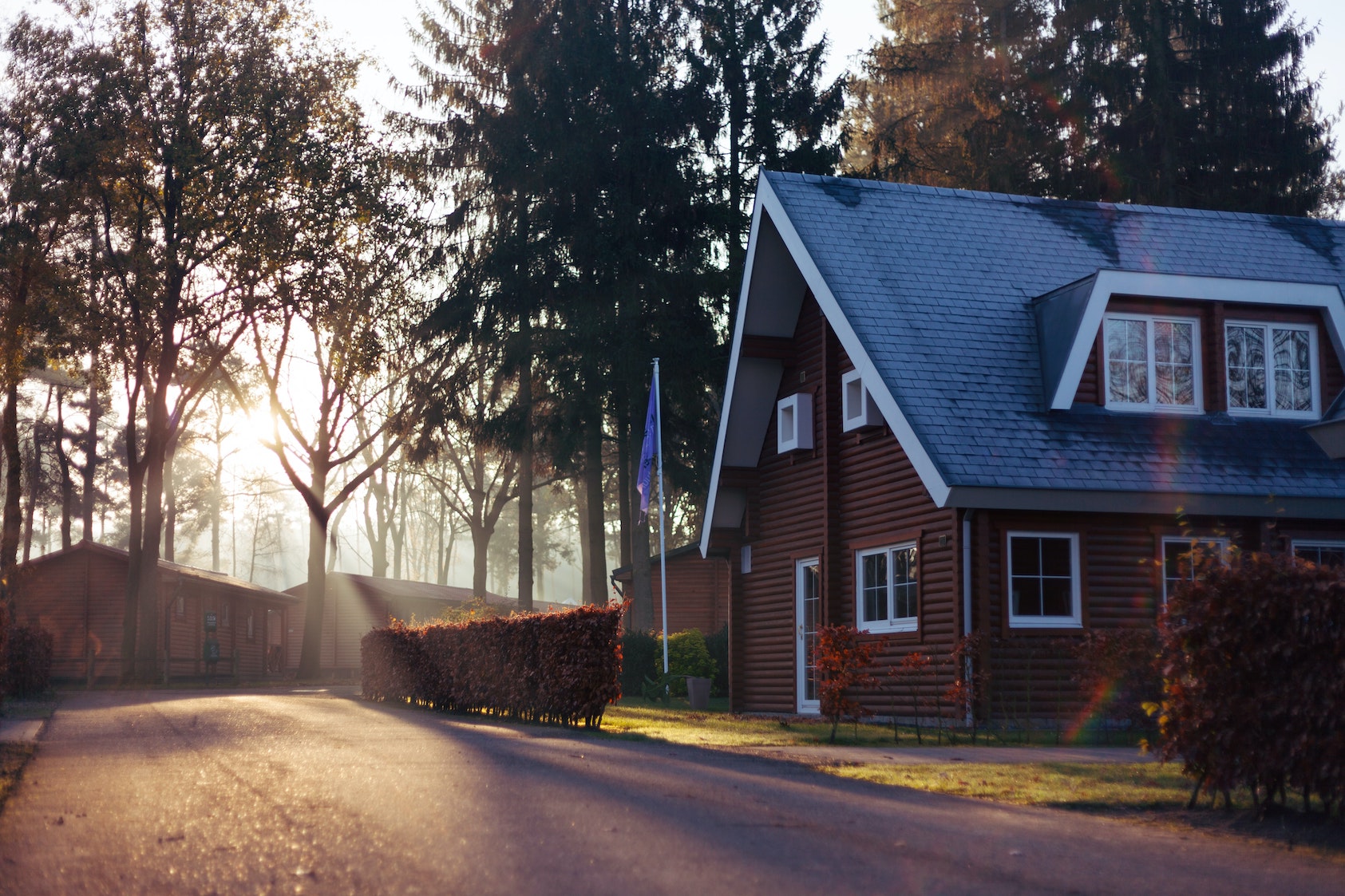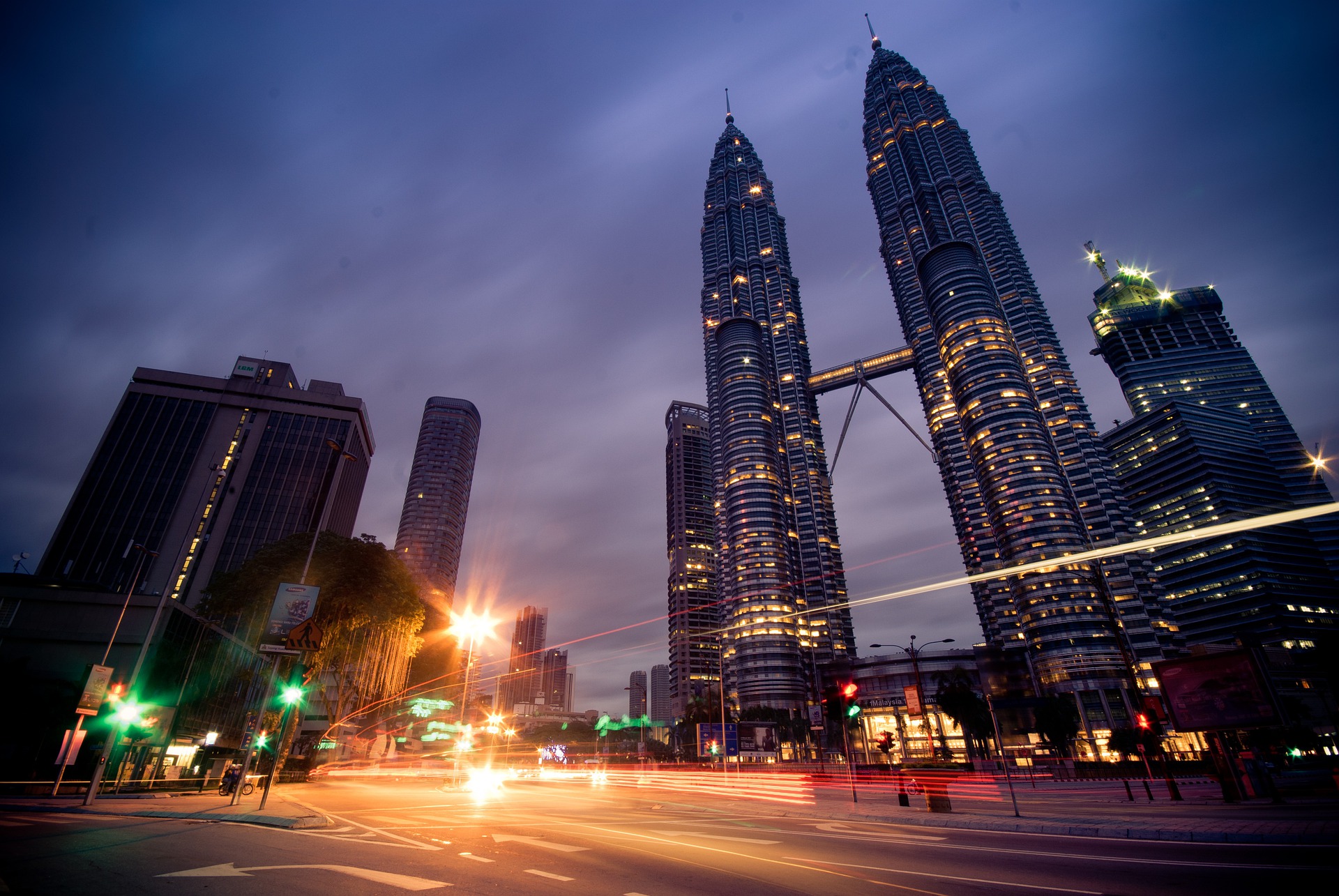It was not that long ago that renewable energy was only affordable for the very wealthy. Today, renewable energy and other aspects of sustainable housing are more mainstream. In fact, California mandated that this year all new residential construction in the state must be zero-net energy. All new commercial construction must follow suit by 2030, and 50 percent of all commercial buildings must be renovated to ZNE standards by 2030.
In order to understand why sustainable housing is needed now, we spoke with Rusty Tweed. Tweed is an entrepreneur and philanthropist. He helps broker 1031 exchanges for his clients in Southern California who own rental property. His clients end up with real estate in other portions of the United States that generate higher revenue. Tweed also is the founder of the Kukui Solar Project that works with the state of Hawaii and philanthropic donors to help Hawaiian homeowners purchase and install solar panels.
What is Sustainable Housing? –
Sustainable housing is built using methods and materials that do not have a deleterious effect upon the environment. The materials are often recycled or renewable, long lasting, reliable and involve less maintenance.
Sustainable buildings are designed to maintain a comfortable temperature in all seasons through careful choice of materials and location in relation to the sun. Buildings are also designed with heating and cooling that takes the least amount of energy, and they generate energy through solar panels or in some other renewable manner.
What Are Other Aspects of Sustainability? –
According to the University of North Texas, when we speak of lifestyles and buildings that are sustainable, we also must realize that this entails social responsibility and economic development as well. Thus, sustainable housing is part of a lifestyle in which everyone succeeds and thrives. That is sustainable because a nation or a world with great inequities and people living in poverty and squalor is not safe for those in poverty nor for those who are affluent.
We Don’t Live in a Vacuum –
Sustainability is necessary because our planet is not disposable. Everyone depends upon clean water and air and our natural resources. Humans cannot live without the interconnected web of life. The trees provide the oxygen we need to live.
Health Benefits –
In some areas of the world, the principles of sustainable building have been ignored, creating negative health conditions for some of its citizens, such as areas that have used coal as a means of energy production. This created acid rain and respiratory problems for some of the people who lived in such areas. If we utilize renewable resources to power and heat our homes, we will all live healthier lives. Solar panels and wind generators, for example, do not harm the health of those who live near them in any way.
Also, building materials that are not renewable or recycled can be toxic. For example, some people who live in RVs found that the formaldehyde used in the paneling of their RVs was outgassing fumes for months, sickening them. In the 1960s, paint had lead in it. When the paint would eventually peel from the walls, children were exposed to dangerous concentrations of lead that threatened their health, growth and learning ability.
Sustainable Housing and Energy Keeps Jobs Local –
One of the other aspects of sustainable housing and lifestyles is buying locally sourced materials whenever possible. This keeps the costs and wear and tear on the environment, such as traffic congestion and pollution, to a minimum. This helps communities be independent and self-sufficient.
Also, solar panels and wind turbines that often power sustainable homes are installed and maintained locally. This keeps good jobs in the same area and country. That, in turn, helps to improve the economic prospects of members of the community.
Stability and Independence –
It provides more stability and independence for citizens when they can meet their own needs for energy on their own property. When they are able to save money on energy, they can contribute more to a booming economy.
The Costs of Building Sustainable Housing Has Decreased –
Certain necessary parts of a sustainable house have come down in price over the last decade or two in such a manner that more people can build or renovate in a sustainable manner. For example, Rusty Tweed states that solar panel prices have come down at the same time that their ability to output energy on a cloudy day has increased.
Another key material for building tightly insulated homes is called SIP, or structural insulated panel. SIPs have OSB wood on two sides with foam insulation sandwiched between. This makes it quicker and more cost effective to build sustainable homes.
Another boon to more economical sustainable housing development is the improvements in window technology. Today, we can purchase double- or triple-paned windows that are far more energy efficient than their predecessors. These new, energy-efficient windows combine with SIPs to make a very tight, well-insulated building exterior that takes far less energy to heat or cool.
Sustainable Housing is Cheaper to Heat, Cool and Maintain –
Once you have installed your solar panels, if you have chosen energy-saving appliances, you will be getting your energy for free for the 25-year average lifespan of use for solar panels.
Also, because the design of sustainable homes is such that they are cooler in summer and warmer in winter through clever design, sustainable homes cost a lot less to heat and cool. The design of sustainable homes also involves choosing materials that are easier to maintain, so maintenance is an additional cost savings.
Rusty Tweed realizes the power of sustainable housing in helping communities to be healthy, independent, stable and safe. Also, communities of sustainable homes will have more economic opportunity for all, with green, local jobs.




 POSTED BY
POSTED BY 

